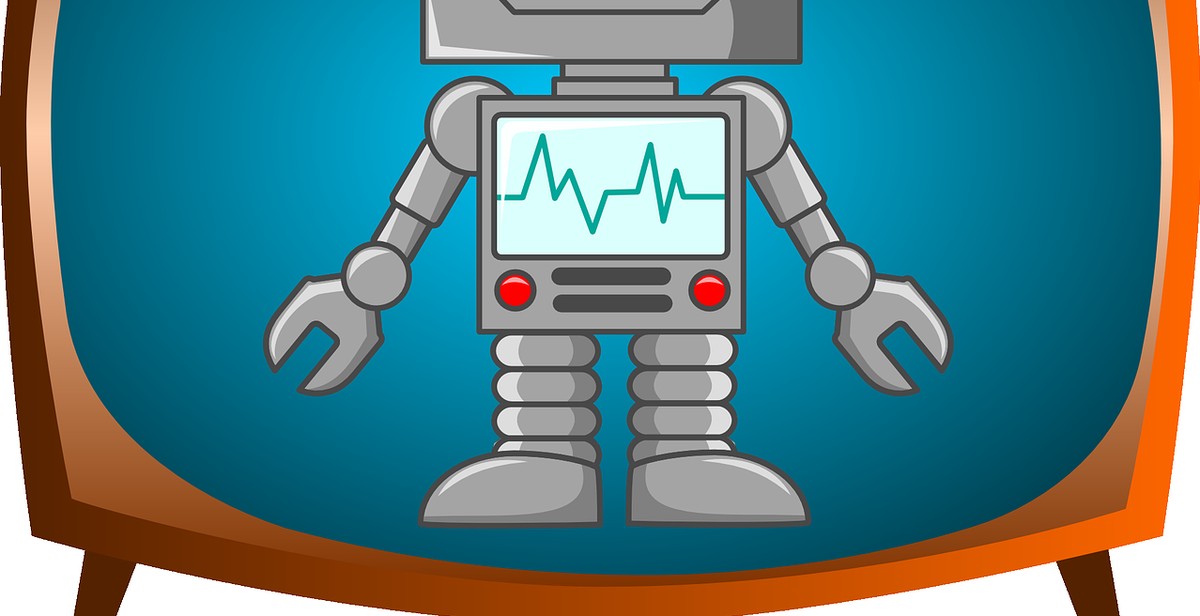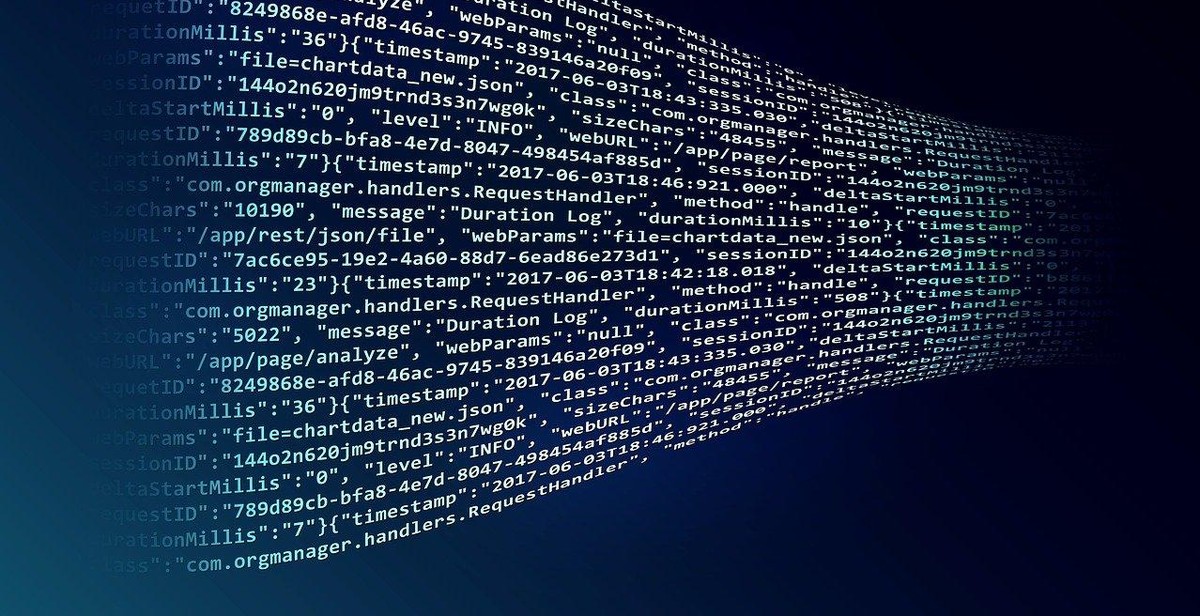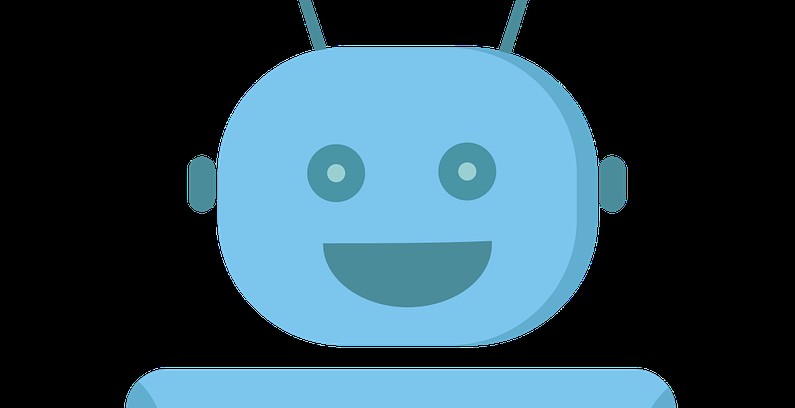The Difference Between AI, Bots, and Automation
Artificial Intelligence (AI), bots, and automation are often used interchangeably, but they are distinct concepts with different functionalities and applications. Understanding the differences between these technologies is crucial for businesses looking to leverage their benefits effectively.
Artificial Intelligence (AI)
AI refers to the development of computer systems that can perform tasks that typically require human intelligence. It involves the simulation of human intelligence in machines, enabling them to learn, reason, and make decisions. AI systems are designed to understand and interpret complex data, adapt to changing circumstances, and improve their performance over time.
Bots
Bots, short for robots, are software applications that automate specific tasks by interacting with users or other software systems. They can be programmed to perform repetitive actions, respond to queries, and provide information or services. Bots can operate autonomously or in conjunction with human intervention, providing efficiency and scalability in various industries.
Automation
Automation involves the use of technology to streamline and mechanize repetitive tasks, reducing human intervention. It aims to replace manual processes with efficient and error-free systems. Automation can be applied to various domains, including manufacturing, customer service, data analysis, and more, enhancing productivity and reducing operational costs.
While AI, bots, and automation share the common goal of improving efficiency and productivity, they differ in their capabilities and applications. Understanding these distinctions is essential for organizations to harness the full potential of these technologies and drive innovation in their respective industries.
Understanding AI
Artificial Intelligence (AI) refers to the simulation of human intelligence in machines that are programmed to think and learn like humans. It involves the development of computer systems that can perform tasks that would typically require human intelligence, such as speech recognition, problem-solving, decision-making, and natural language processing.
Types of AI
There are two main types of AI: Narrow AI and General AI.
- Narrow AI: Also known as Weak AI, Narrow AI is designed to perform specific tasks within a limited domain. Examples of Narrow AI include voice assistants like Siri, recommendation systems, and image recognition software.
- General AI: Also referred to as Strong AI, General AI possesses human-like intelligence and can perform any intellectual task that a human being can do. However, General AI is still largely theoretical and does not yet exist.
Applications of AI
AI has numerous applications across various industries, transforming the way businesses operate and improving efficiency and accuracy in various processes. Some common applications of AI include:
- Virtual Assistants: AI-powered virtual assistants like Amazon’s Alexa and Google Assistant can perform tasks based on voice commands, such as setting reminders, answering questions, and controlling smart home devices.
- Chatbots: AI-powered chatbots are used by businesses to provide instant customer support, answer queries, and automate repetitive tasks, enhancing customer experiences.
- Autonomous Vehicles: AI enables self-driving cars to navigate roads, analyze traffic patterns, and make decisions in real-time, leading to safer and more efficient transportation.
- Medical Diagnosis: AI algorithms can analyze medical data, identify patterns, and assist in diagnosing diseases, helping healthcare professionals make more accurate and timely decisions.
These are just a few examples of how AI is revolutionizing various industries, and its potential is continually expanding as technology advances.

Exploring Bots
When it comes to automation and artificial intelligence (AI), bots play a crucial role. Bots are software applications that perform automated tasks, often with the ability to interact with humans or other systems. They are designed to mimic human behavior and can execute tasks with speed and precision.
What are Bots?
Bots are typically programmed to perform specific tasks, whether it’s answering customer queries, gathering information, or automating repetitive tasks. These tasks can be performed across various platforms, including websites, messaging apps, social media, and more.
Bots can be classified into different types based on their functionality:
- Chatbots: These bots are designed to interact with humans through text or voice-based conversations. They can provide customer support, answer frequently asked questions, or assist users with specific tasks.
- Web Scraping Bots: These bots are used to extract data from websites. They can crawl through web pages, gather information, and save it for further analysis or use.
- Virtual Assistants: Virtual assistants like Siri and Alexa are examples of bots that use natural language processing and AI to perform tasks such as setting reminders, playing music, or providing weather updates.
- Trading Bots: These bots are commonly used in the financial industry to automate trading activities. They can analyze market trends, execute trades, and manage portfolios based on predefined strategies.
Use Cases of Bots
Bots have a wide range of use cases across different industries:
- Customer Service: Bots can provide instant support, answer frequently asked questions, and guide customers through the purchasing process.
- E-commerce: Bots can assist in product recommendations, order tracking, and personalized shopping experiences.
- Healthcare: Bots can help schedule appointments, provide medical information, and offer symptom analysis.
- Finance: Bots can automate financial transactions, provide investment advice, and offer personalized financial planning.
- Social Media: Bots can automate social media posting, engage with followers, and gather insights from user interactions.
Bots have become an integral part of the digital landscape, enhancing efficiency and improving user experiences across various domains.

Unveiling Automation
Automation is the process of using technology to perform tasks or processes with minimal human intervention. It involves the use of various software tools and systems to streamline and optimize repetitive tasks, thereby increasing efficiency and productivity. In today’s fast-paced digital world, automation has become a critical component of many industries and business operations.
Types of Automation
There are several types of automation, each serving different purposes and catering to specific needs. Some common types of automation include:
- Robotic Process Automation (RPA): RPA involves using software robots or bots to automate rule-based tasks, mimicking human actions and interacting with various systems and applications.
- Business Process Automation (BPA): BPA aims to automate entire business processes, including complex workflows and decision-making, to streamline operations and improve overall efficiency.
- IT Process Automation (ITPA): ITPA involves automating IT-related tasks, such as software installations, system monitoring, and troubleshooting, to reduce manual effort and enhance system reliability.
- Test Automation: Test automation is the use of software tools to automate the execution of test cases, allowing for faster and more accurate testing of software applications.
Benefits of Automation
Automation offers numerous benefits to organizations across various industries. Some key advantages of automation include:
- Increased Efficiency: By automating repetitive tasks, organizations can significantly improve productivity and reduce the time required to complete processes.
- Improved Accuracy: Automation eliminates the risk of human errors, ensuring consistent and accurate results.
- Cost Savings: By replacing manual labor with automated processes, organizations can reduce operational costs and allocate resources more effectively.
- Enhanced Scalability: Automation allows organizations to handle larger volumes of work without the need for additional human resources.
- Greater Compliance: Automated processes can help organizations adhere to regulatory requirements and ensure consistent compliance.
In conclusion, automation plays a crucial role in streamlining operations, improving efficiency, and driving business growth. By leveraging various types of automation, organizations can unlock significant benefits while adapting to the rapidly evolving digital landscape.

Differences Between AI, Bots, and Automation
Artificial Intelligence (AI), bots, and automation are three distinct concepts, although they are often used interchangeably. Understanding the differences between these terms is crucial for grasping their unique functionalities and potential applications.
AI vs. Bots
AI refers to the development of computer systems that can perform tasks that would typically require human intelligence. These systems are designed to analyze data, learn from patterns and experiences, and make decisions or take actions based on their understanding. AI can encompass a wide range of applications, from speech recognition and natural language processing to image recognition and autonomous vehicles.
On the other hand, bots, also known as chatbots or robots, are software applications that automate specific tasks and interact with users through a conversational interface. Bots can be powered by AI algorithms, but they are not necessarily considered AI themselves. Bots are commonly used for customer support, virtual assistants, and even entertainment purposes. They are designed to simulate human-like conversations and provide automated responses based on predefined rules or algorithms.
AI vs. Automation
While AI involves the emulation of human intelligence, automation focuses on the mechanization of repetitive tasks without the need for human intervention. Automation can be achieved through the use of software or hardware systems, allowing for the execution of predefined actions or workflows. Unlike AI, automation does not possess the ability to learn or adapt based on new data or experiences. It is designed to perform specific tasks efficiently and consistently.
Bots vs. Automation
Although bots and automation can overlap in certain contexts, they serve different purposes. Bots are interactive software applications that can automate conversations and perform specific tasks based on predefined rules. They are designed to simulate human-like interactions and provide personalized responses. Automation, on the other hand, focuses on the mechanization of repetitive tasks and workflows, without the need for human intervention. While bots can be a form of automation, automation is not limited to bot-based interactions.
In summary, AI involves the development of systems that can mimic human intelligence, bots are software applications that automate tasks and interact with users through conversational interfaces, and automation focuses on the mechanization of repetitive tasks without human intervention. Understanding these distinctions is crucial for effectively leveraging these technologies in various industries and applications.
Conclusion
In conclusion, AI, bots, and automation are all powerful technologies that have revolutionized various industries. While they are often used interchangeably, it is important to understand the distinctions between them.
AI
Artificial Intelligence refers to the simulation of human intelligence in machines that are capable of learning, reasoning, and problem-solving. AI technologies, such as machine learning and natural language processing, enable computers to perform tasks that typically require human intelligence.
Bots
Bots, on the other hand, are software applications that automate specific tasks. They can be simple or complex, and they often leverage AI technologies to enhance their capabilities. Bots can perform a wide range of functions, from customer service and information retrieval to data analysis and content creation.
Automation
Automation involves the use of technology to perform repetitive tasks or processes without human intervention. It aims to streamline operations, increase efficiency, and reduce errors. Automation can be achieved through the use of AI and bots, as well as other technologies such as robotic process automation (RPA).
In summary, AI is the underlying technology that powers bots and automation. Bots leverage AI capabilities to automate specific tasks, while automation aims to optimize processes through the use of various technologies. Understanding these differences is crucial for organizations looking to leverage these technologies to gain a competitive edge in today’s digital landscape.
